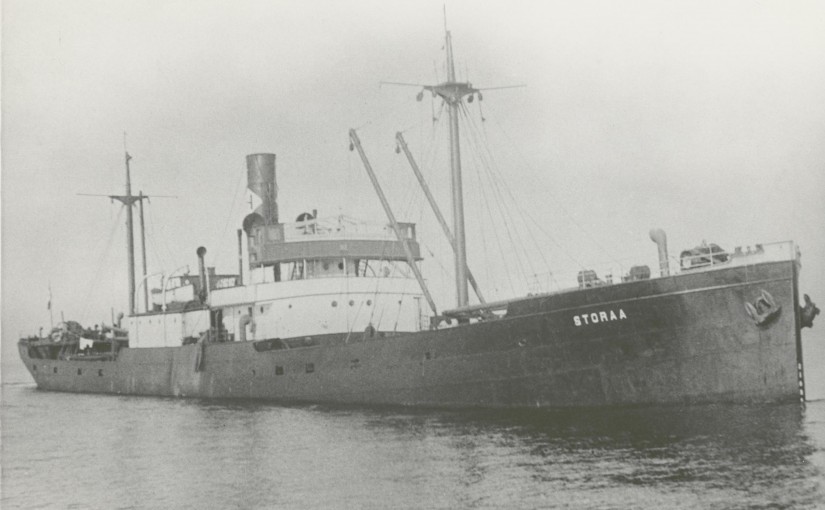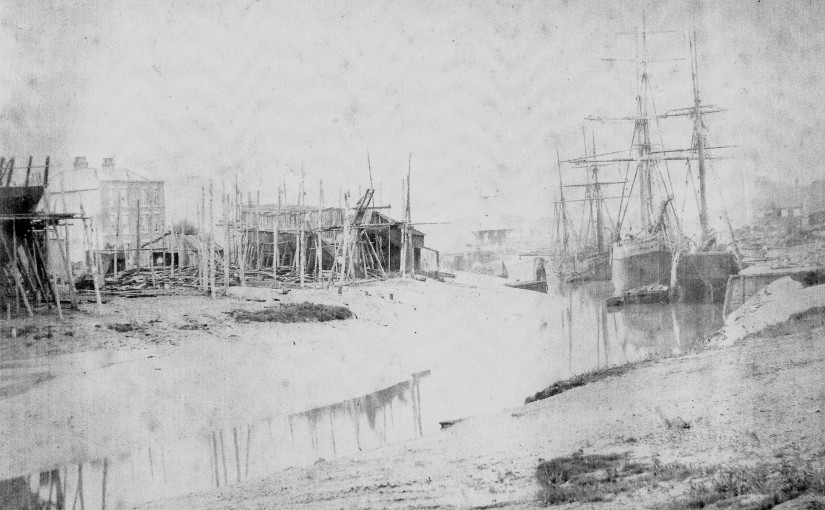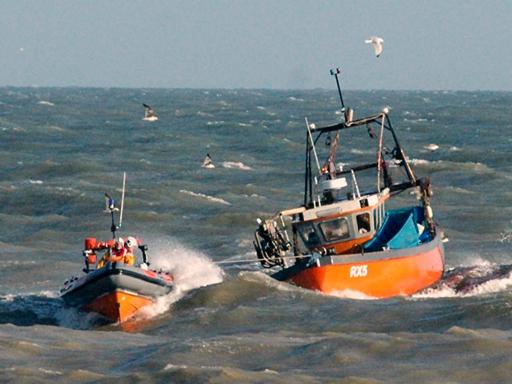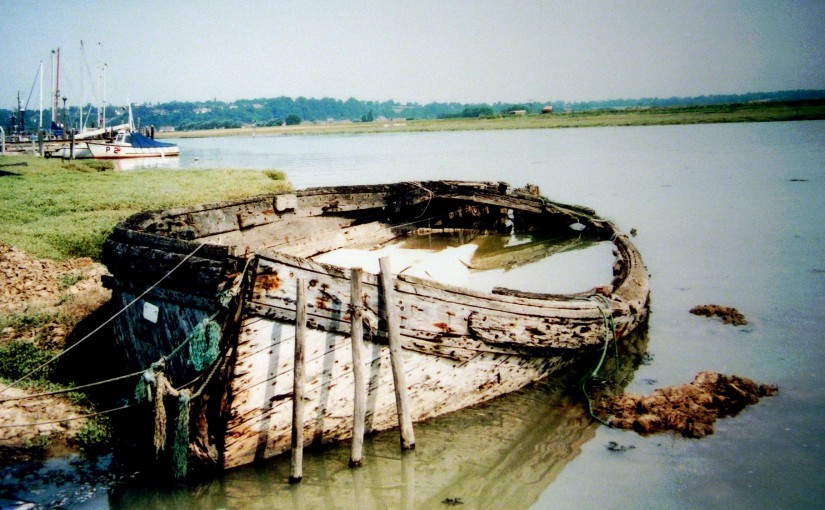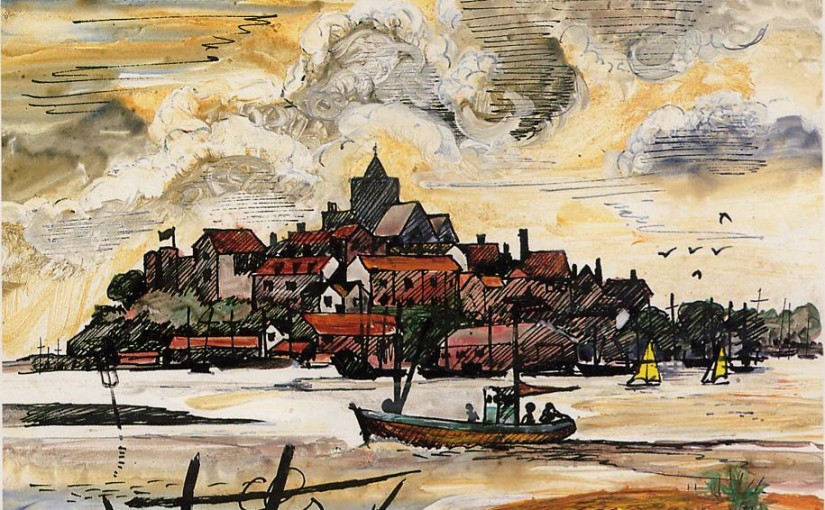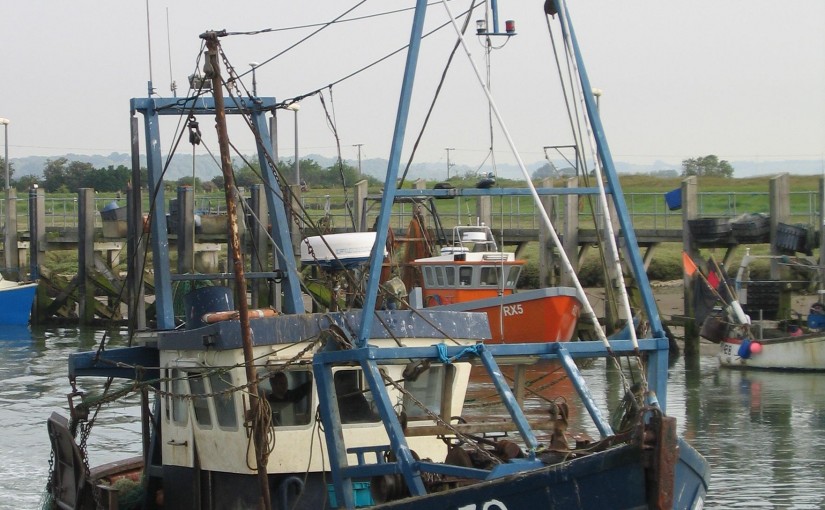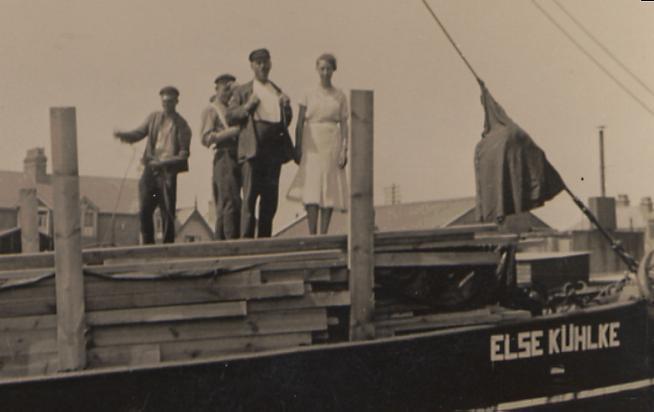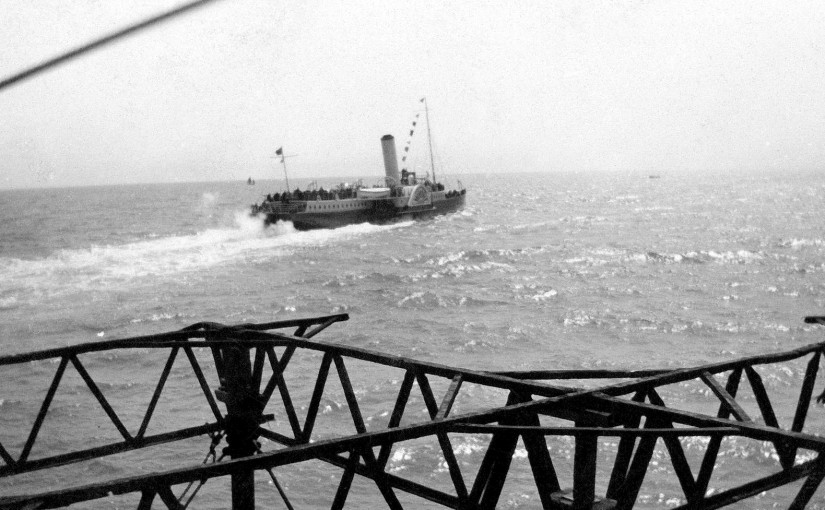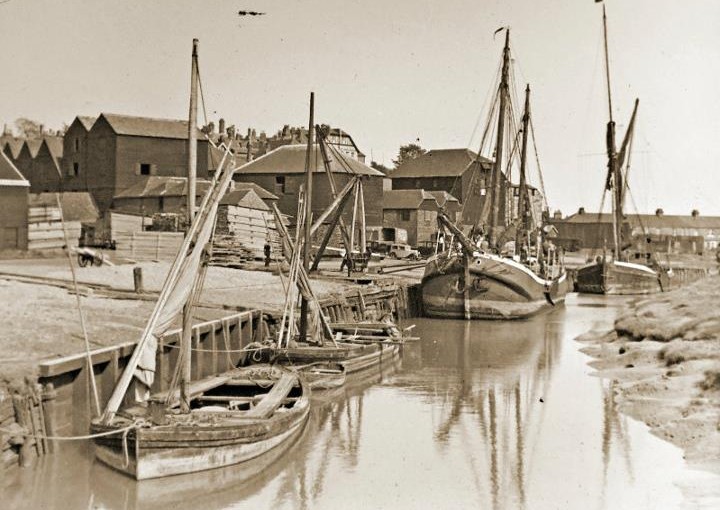The Ship that Woke Hastings
By Jenny Ridd
At 12.30 on the night of 3 November 1943, there was an almighty explosion about ten miles off the coast of Hastings. Convoy CW221 was sailing from the Thames to Cardiff laden with supplies for the D Day invasion when German E Boat S138 fired a torpedo. The starboard bow of the SS Storaa was badly holed and she sank bow-first within thirty seconds, taking with her the bodies of 21 men. Sixteen men survived, but the Captain, a hero named Jens Fage Pedersen, and the Dover Pilot, Watson Peverley were both among the casualties. Continue reading The Story of the Storaa a Wartime Warrior
